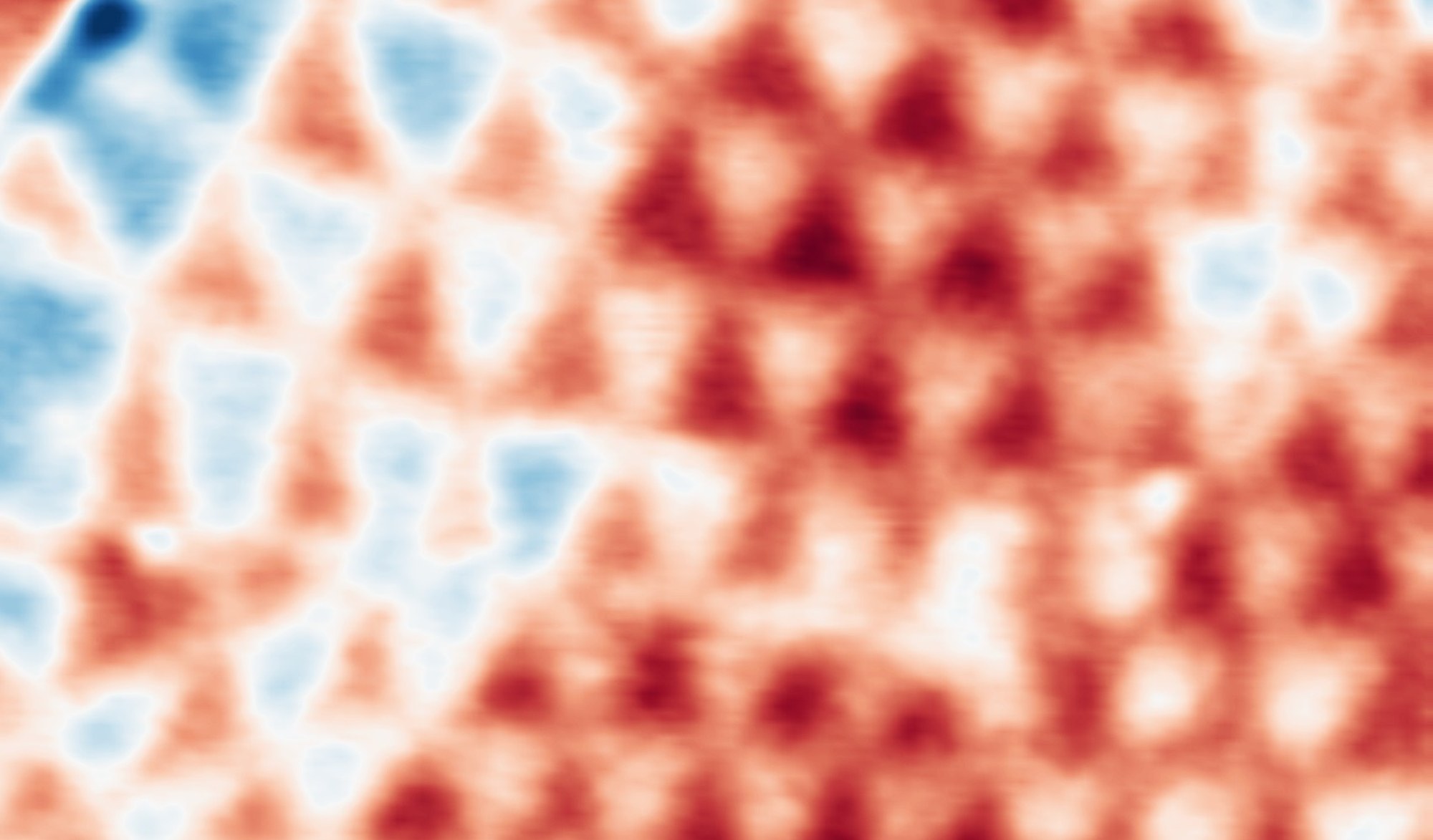Unconventional Superconductivity in Two-Dimensions

Internship
Type of Project: Experimental Project
Location: Donostia
Supervisors:
Miguel M. Ugeda
The recent discovery of superconductivity in two atomic layers of graphene in 2018 has triggered an intense search for unconventional forms of superconductivity exhibiting symmetries and pairing mechanisms never observed before in nature. To this end, artificially created materials engineered from twisted 2D materials with tailored properties are the most promising candidates to date. The experimental exploration of these 2D novel superconductors is our main research line at the 2DSPM group (DIPC). For example, we have recently identified unconventional properties in the superconducting state in a single atomic layers of transition metal dichalcogenides (TMDs). These simple and widely accessible 2D superconductors are expected to reduce the enormous complexity associated to the exploration of unconventional superconductivity. Furthermore, they offer unprecedented simplicity for modelling as compared to the most studied unconventional superconductors, i.e., cuprates, Fe-pnictides and heavy-fermion compounds.
This internship offers the candidate the opportunity to join our current efforts devoted to the fabrication and electronic characterization of twisted 2D unconventional superconductors. In particular, the candidate will first engineer and fabricate selected van der Waals heterostructures aiming at generating spontaneous ferroelectricity at the material, a key ingredient candidate to induce exotic manifestations of superconductivity. The fabrication will be carried out using state-of-the-art instrumentation for the manipulation, transfer and stacking of monolayers of vdW materials in inert atmosphere. Following the optimization of the twisted 2D superconducting heterostructures, the formation of superlattice ferroelectricity will be subsequently investigated via atomic force microscopy (AFM) in the dc-electrostatic mode. Here our guest will learn to directly visualize the atomic-scale structure of these moiré superlattices and probe the existence and properties of the associated ferroelectric domains.
In summary, this internship will provide the candidate the opportunity to carry out original research in the frame of an ongoing EU-funded research project in one of the most exciting fields of novel quantum materials. The candidate is expected to acquiring his/her own experimental data, and analyzing and interpreting them in collaboration with the rest of the research group.
